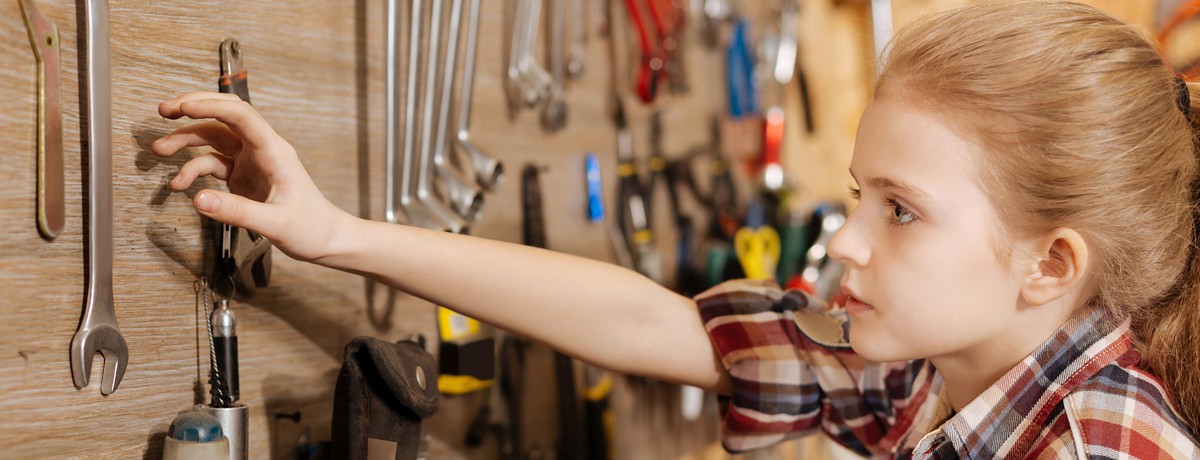The Prepared Environment
Learning does not take place in a vacuum. For children and young people to be able to learn independently, they need a suitable environment in which a wide variety of experiences are possible. This includes materials that allow and stimulate independent activity, as well as tools, instruments and media of all kinds, as well as workshops, excursions and project offerings for research, discovery and experimentation.
Unfortunately, our German education system rarely offers such research spaces, e.g. in freely selectable project weeks.
The Room as a Third Educator
In Sweden there is a saying: The room is – next to the adults and the peers – the third pedagogue. For this reason, it should be structured in a clear and stimulating way, but also offer opportunities for retreat and be easy to change. Ideally, the prepared environment visibly invites children to experiment and explore. It supports both concentrated work alone and group activities.
In a prepared environment, children and young people have a variety of different materials at their disposal that are harmless and self-explanatory, so that they can actually work with them independently and in a self-directed manner. However, the environment includes not only the architecture, the appealing furnishings and the concrete materials, but also the atmosphere that prevails in it. The adult’s job is to set the necessary boundaries so that the environment remains relaxed for everyone.
Challenging and Inspiring
Safe and Relaxed
Learning always involves effort, disappointment and setbacks. It is most likely to succeed if it can take place in a peaceful environment where children and young people can work undisturbed and concentrated and, above all, without fear of embarrassment or external pressure. The Zukunft bilden – Andrea & Markus Eisel Stiftung therefore supports projects that create such environments in which children and young people feel comfortable and can learn without fear.






